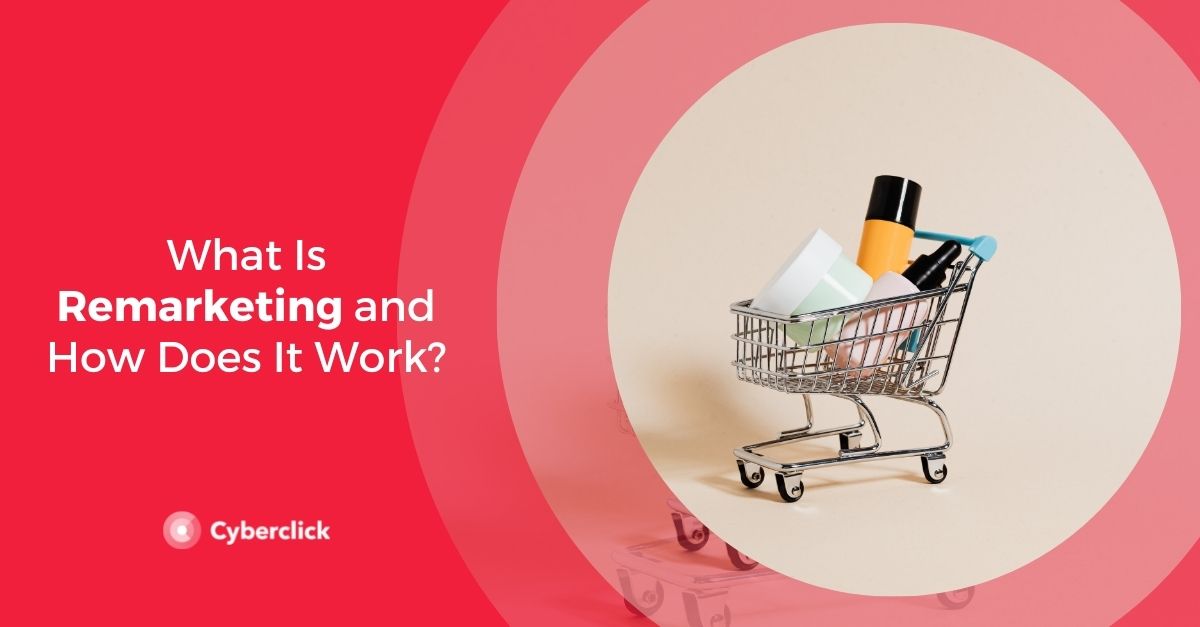Conversion rate optimization (CRO) is one of the most effective strategies for converting existing web traffic into paying customers, and it should form an integral part of your marketing plan. After all, what is the point of promoting your website if once visitors arrive, they leave without making a purchase?
In this post, we will discuss a few important questions relating to CRO. What is conversion rate optimization? How can you calculate your conversion rate? How can you convert visitors into leads? And what are the best ways to optimize your conversion rate and drive long-term, sustainable and growth?

What Is Conversion Rate Optimization?
Conversion rate optimization, also known as CRO, is a strategic process that aims to increase the number of conversions on your site. The goal is to encourage visitors to your site to respond to a call to action. This might be purchasing a product, following you on social media, or registering for a new account.
The key is understanding what makes your target audience tick. You need to know how they move through your site, what actions they take, and what’s preventing them from becoming paying customers. It’s about learning how to “read the room” and implementing a series of actions so that a higher percentage of your site visitors convert into sales.
How to Calculate Conversion Rate
Before you can focus on conversion rate optimization, you need to know what your current conversion rate is. There is a simple formula for this.
A conversion rate is a ratio. It tells you what percentage of visitors to your website are actually converted into sales. You just need to divide your number of conversions (sales) by your total number of site visitors, then multiply that number by 100 to get your percentage.
For example, Company X had 10,000 visitors to its ecommerce site in June. Of those visitors, 5,000 were converted into sales.
The conversion rate formula for Company X would be as follows:
(5,000 / 10,000) x 100 = conversion rate of 50%
Company X can now focus on conversion rate optimization strategies to turn those remaining site visitors into sales. Why are 50% of visitors not making a purchase?
How to Optimize Your Conversion Rate?
There are a number of strategies that can help you optimize your conversion rate. The ultimate goal is to work out how you can enhance your site so that visitors perceive it as well-designed, trustworthy, and appealing.
The following tips and best practices will help you boost your CRO, increase your leads and revenue, and convert more visitors into paying customers.
Establish Your Metrics
The first step is to gather and analyze data from your site so that you are clear on where you are and where you want to be. Is there a particular page where you seem to lose the most traffic? Which pages do your visitors interacting with the most?
You need to make sure any CRO strategies are based on cold hard data. Google Analytics is a great place to start, and it’s free. Use the data to establish clear metrics that you can utilize to establish your goals and measure your progress.
Humanize Your Brand and Connect with Your Audience
One of the most important elements of any branding strategy is the human touch. Without it, your audience will never truly connect with your brand. Are your tone and style friendly and approachable? Are they consistent across all platforms and touchpoints?
Create a personality for your brand and stick to it. Interact with your audience and encourage visitors to engage with you. Implement conversion rate optimization strategies that humanize your brand and help you connect with your audience.
This might include sharing stories about team members through social media, hiring influential brand ambassadors, or posting live feeds. It doesn’t really matter what you do, as long as it comes across as interesting and authentic.
Collect and Make Use of Testimonials
Reviews and testimonials are a great way to create a sense of trust and credibility. Encourage current and past customers to leave a review on your site or social media page. Create unique hashtags for them to share and set up keyword alert tools so that you know when people are talking about your brand online. And when they do mention you, join the conversation!
Set Up an A/B Tested Lead Capture Form
Setting up an A/B tested lead capture forms is another great strategy for conversion rate optimization. This will help you gather enough data to contact visitors at a later date and attempt to direct them back to your site. You need to be careful with how you do this, though, as people are unwilling to share personal data if they feel it might result in spam and junk mail. A/B testing will help you work out what works and what puts people off. Test things like content, calls to action, formats for submitting data, bottlenecks, and trust indicators.
Simplify Purchase and Registration Processes
Another effective marketing strategy for improving your CRO is simplifying your purchase and registration processes. Make sure everything runs smoothly and there are no barriers stopping visitors from becoming customers. The general public has a short attention span when shopping online, so don’t give them any excuse to give up and abandon their shopping cart.
Is it easy to make a purchase? How long does it take to create a new account? Do you offer a variety of reliable payment methods? Can a visitor make a purchase as a guest, or do you force them to create an account? Do you really need all the data you ask for on your sign-in forms? When it comes to UX, less is more.
What Are the Benefits of CRO?
Conversion rate optimization can help you with the following:
- Getting a better understanding of your target audience and work out what communication styles and methods work best.
- Improving the user experience because when users feel comfortable using your site (it's quick and easy to navigate) they will be far more likely to return. They will also be far more likely to share their experience of your brand online.
- Increasing trust in your brand. The more you enhance your site and focus on CRO strategies, the more visitors will trust the legitimacy of your brand. Not only will this lead to increased conversions, but it will also improve your reputation and increase brand awareness (plus nobody is going to share their credit card details with a site they don’t trust).
- Increasing your ROI. It makes far more business sense to focus on converting the visitors you already have than it does to search for new ones. There’s a reason not every visitor to your site makes a purchase, so work out what it is and focus on improving that before you think about increasing your audience size.
Social Account Manager at Cyberclick. Le apasiona el marketing, las redes sociales, leer y escribir.
Social Account Manager at Cyberclick. Passionate about marketing, social media, reading and writing.






Leave your comment and join the conversation